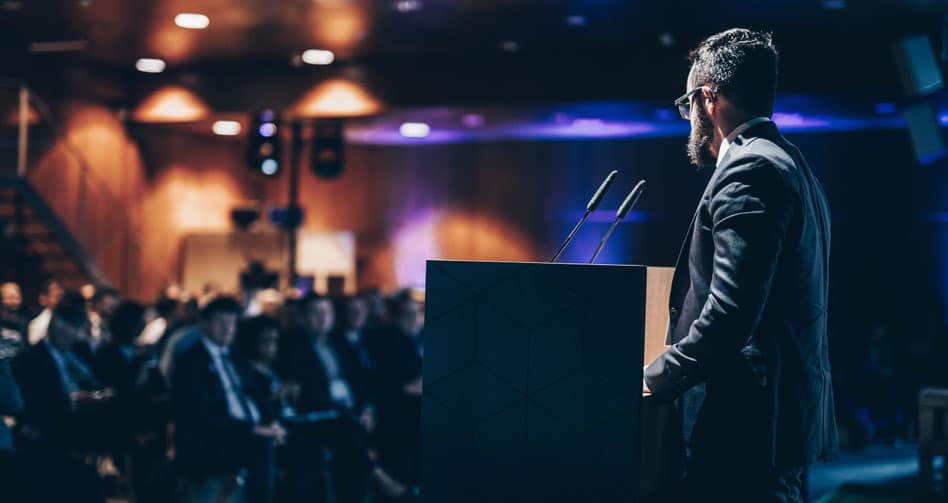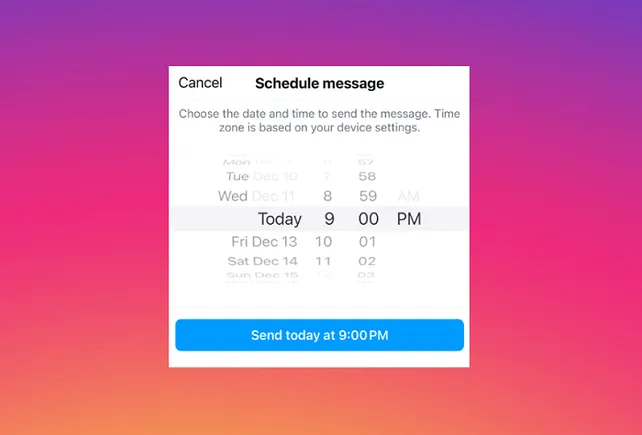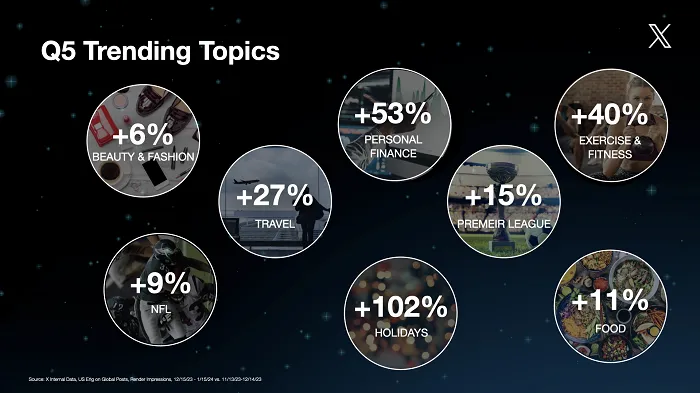American companies are doing a delicate dance with their employees over re-officing. But is it a well-coordinated waltz, a pasodoble where they’re each striving for the advantage, a sizzling salsa—or a riotous twist?
In this dance hall, the basic steps are obvious by now. Hybrid offices are here to stay. In-person work is important for activities such as team-building and innovating, as well as for onboarding new hires. Remote staffers retain much control over where and when they work, though the recent gusher of layoffs has diminished their edge.
But these outlines leave a lot of room for different approaches, and that’s where the psychology of collaboration can serve CEOs, CHROs and other company leaders in constructing kinds—and locations—of post-pandemic workplaces.
“Some are saying they want everyone back in the office full-time,” says Joe Hart, CEO of Dale Carnegie. “But people have been productive for the last few years and haven’t had to commute; they have more flexibility. Managers have to deal with the different attitudes and are finding themselves in situations where they can’t wave a magic wand and have it where it was.”
At Howard Hughes Corp., for instance, “We’re designing the cities of the future, and we can’t do it without incredible collaboration across the company, among construction, design, legal and IT infrastructure,” says David O’Reilly, CEO. “Mandatory days back in the office have fostered that.” Big-company CEOs including Elon Musk of Tesla and Jamie Dimon of JP Morgan have been famously harsh about sucking everyone back to the workplace physically.
Yet, there are many company leaders like Andy Gold, CHRO for Pitney-Bowes. One-third of the 12,000 worldwide employees of the postal-systems provider are assigned to the office, but the company isn’t pressing them to come back there. “People don’t need to get together to collaborate,” he says. “We’ve seen our folks be able to collaborate across distances, like India to Austin to Connecticut, for years now. Our [employee] engagement scores are still high. And our turnover rate is generally better than others in our industry.”
Stefania Mallett says ezCater has “the same expectations for all of our employees, regardless of title, tenure or where they work from.” The CEO of the corporate-foodservice provider grants “complete flexibility to work wherever we choose.”
Differing approaches to this issue are visible at three stops along a backbone of commerce in metro Detroit. At the base of Woodward Avenue, General Motors has seen workers steadily flow back into its headquarters in the Renaissance Center after a January mandate for the return of 5,000 white-collar workers there—but only after an internal revolt forced management to push the re-officing order back a few months.
A half mile up the thoroughfare, Huntington Bank now requires most of its 750 workers to be present any three days each week in the new tower that houses its commercial-banking headquarters. “You can’t drive culture entirely remotely,” says Scott Kleinman, Huntington’s commercial-banking president. “And it takes a toll on people to work in their basement day after day and night after night.”
Several miles northwest in suburban Pontiac, United Wholesale Mortgage operates a one-million-square foot call center. The wholesale-mortgage giant requires each of its 7,000 employees to be there full-time, though after 18 months, up to 30 percent of them can work four 10-hour days.
There are plenty of fun meeting places, including repurposed shipping containers and a sturdy cargo net that overhangs the sales floor. Each unit’s employees huddle in a circle each morning for about 10 minutes to talk about collective victories, birthdays, families and vacations, and to give peer praise for individual achievements. The meeting ends with a chant.
“We never say, ‘We’re skipping the huddle,’” says Laura Lawson, UWM’s chief people officer. “It’s a structure of accountability and also motivation for the day. You can see and be here and engage with the team and participate and empower leaders to run their activities.”
Here are some ideas for CEOs for harnessing the psychology of re-officing.
Lead—truly lead. Explain your rationale for calling people back to higher levels of physical presence, back it up with data if possible, and do so as quickly as possible. “Many organizations hurt themselves from the beginning about how this is a hybrid situation going forward, then change it a month later” to require more in-office presence, says the leadership coach Mark Mayberry. “They lose trust that way.”
Emphasize the benefits. Persuade, don’t demand. “Employees are saying, ‘wait a minute, prove to me that being in the office is going to be more productive,’” says Matthew Kerzner, a business psychologist with consultants EisnerAmper.
You’ll get more buy-in. “People are interested in connecting in person when they understand the purpose of it,” such as project wrap-ups, says Scott Redfearn, EVP of human resources at management-consulting firm Protiviti. “What they’re resistant to is the expectation that they be somewhere without a clear purpose. They don’t want it to be frivolous.”
Blow up the meeting. Nothing gets more attention in the hybrd era than what to do about meetings. While many executives now want staffers in person around the conference table, some new approaches seek to make the standard business meeting more effective.
“If you’re trying to solve a complicated issue, often you’re writing on whiteboards and using sticky notes with markers,” Protiviti’s Redfearn says. “The more complicated the issue is, the more it calls for some in-person attention to address it.”
Enterprise software provider Blue Yonder now requires meeting organizers to send out agendas ahead of time, including a framing of each topic as a question that participants should be prepared to answer. Meetings should be kept to 25 minutes if possible, providing a buffer of a few minutes before anyone’s next meeting.
Make it a better place. “Think of the office as the new offsite,” advises Anthony DiRomualdo, senior research director at consultants The Hackett Group. “Everyone comes together for a purpose and a specific focus.”
Huntington’s new building offers a roof deck and events that overlook Detroit Tigers games 20 stories above adjacent Comerica Park. “Colleagues come in early and stay late,” Kleinman says. “There are elements of this that are a reunion. It’s really almost festive.”
“Rather than go in heavily with a ‘stick’ methodology, we believe if we create enough carrots, people will want to come to the office,” says Rebecca Villegas, a vice president at Northwestern Mutual, a financial-services titan that opened a new skyscraper headquarters in Milwaukee during the pandemic that features a health center, workout facilities and complimentary lunch every day.
Houston-based Howard Hughes “designed our buildings and space to make welcoming third spaces,” O’Reilly says. “We have a gym in The Woodlands with a full basketball court and loosely organized pickleball league. Teams waiting to play are often sitting down with their iPads talking about work and collaboration. They’re enjoying themselves, and ideas are sprung.”
At its headquarters in Columbus, Aware has installed a library with a fireplace. “It feels like not going to work,” says Jeff Schumann, CEO of the provider of collaboration software. “The lines have been blended, so it’s like an extension of your home, a place of communing and congregation.”
Rethink retreats. ezCater conducts monthly “ezTogether” weeks, inviting staffers to commute or travel to its Boston headquarters or Denver office or other locations for the week. RoseRyan financial consultants hosts two-day, face-to-face meetings of employees within about 50 miles of its main offices in Dallas, Chicago and elsewhere.
“We want to get the troops together and make sure we have the best input from the whole team,” says CEO Dave Roberson. “But you don’t need that every day. Maybe two to three times a year.”
DiRomualdo advises bringing people from different departments together once a month for a half day. “It’s like Outward Bound in the office. Putting them on a real project is how you build relationships and trust.”
Danielle Tabor, chief people officer for Emburse, says her company now centers gatherings “around client meetings, industry events—basically anything that someone would travel for in regular business. “Before, everyone would go out to a bar or restaurant and have drinks,” she says. “Now we’ll use our office space. As people feel a need to have beer and wine, we’ll do that as well. Coffee breaks and lunches are all in the office.”
Emphasize the gestalt. “Part of marketing is the feel of the business, and you can’t pick that up on Zoom; part of HR work might be done with technology, but it’s not the same as seeing the people,” says Ari Weinzweig, management consultant and CEO of Zingerman’s. “It’s like farming from a long way away: The almanac says plant the tomatoes, but you’ve got to put your hand in the soil and feel it…. There’s benefit just to seeing people, and it’s the conversations in the margins and connections and energy that people give off and they get. It’s energizing. Zoom is kind of flat, and it’s hard to pick up the nuance.”
Use hiring as a tool. Bring on new workers to fit your in-office paradigm. “We set the expectation up front in the hiring process for the roles that need to be in the office,” says Rashmi Gupta, CHRO at Magnit, a provider of workforce-management software. “Establishing that clarity early on has tremendously helped us with managing expectations and setting up all our employees for success, whether they’re in the office or remote.”
Another play is “geographic hiring strategies,” says Tabor. “If we can focus our hiring in a general geographic area, it’s a lot easier for us to get people together on a regular basis. We have enough space to accommodate large groups of people, and they can come and go at any time. The way for us to do that is to start backfilling closer to locations,” such as Portland, Maine, “where we have a big, beautiful office.”
Focus on new recruits. Fresh employees, particularly at the entry level, “may feel cheated in some ways by not having a workplace where they can grow and interact with other workers and grow in their position,” says Hart of Dale Carnegie. “Prioritize them in their integration into the office.”
Pitney Bowes, which hires about 3,000 people a year, established a buddy system for new office workers to check in with a coworker on a regular basis. “It could be a peer or someone within the same [functional] group but not a superior,” Gold explains. “You’re trying to find someone who you hope will be their first friend at work and after a couple of weeks, it’s someone they’re comfortable going to and asking questions.”
Lean into in-person training. Learning about job responsibilities and roles is typically enhanced in physical, group settings, Redfearn says. “And when you take a break, you also have people getting to know each other. Relationship building is enhanced when people are together in a session.”
Protiviti offered virtual training the past few years but is now trying to bring workers into the office. “We’ve been reintroducing sessions one by one to bring people back in person,” Redfearn says. “We piloted the first one in November, and people went online and registered. We had 60 spots available, and within two hours the session was full.”
Reckon with tracking. The use of productivity tracking in bringing people back to an office varies by industry, company and culture. At a UWM huddle in February, for instance, a scoreboard loomed over the mortgage-sales area that displayed, for each employee, metrics including “average wait time” and number of calls “in queue.” Staffer Peter Feres was celebrated openly for having closed a leading 1,339 deals that week.
Huntington has productivity-tracking software that includes the same numerical expectations for employees whether they’re remote or in the office. And the bank’s doorways record the number of employee entrances and exits. “Directionally, it gives us an idea if we’re getting more people into the facilities,” Kleinman says. “It’s not necessarily a productivity-building step, but it’s an important step in colleague engagement.”
Accommodate remote workers. The need to cope with the proclivities and demands of remote workers is a new reality that isn’t going away. “If you’re 18,” Weinzweig notes, “half of your high school experience was on Zoom.”
Northwestern Mutual is adapting with digitally enabled whiteboards and enhanced Zoom technology. “Whether you’re in the room or remote, you should be able to have the same meeting experience,” Villegas says. Also, as it refurbishes a building in metro Milwaukee, the company plans “intentional spaces for remote employees to come and work with teams occasionally and absorb our in-person culture, even if most of the time they’re working from home.”
Technology companies are developing augmented and virtual reality systems that create digital renderings “so when you and I wear the goggles, you could be in the office, and I could be at home, and it would feel like we’re standing across from each other,” Aware’s Schumann says.
And Pitney Bowes is fostering digital small talk, akin to what happens among officemates. “We create virtual water-cooler-type conversations,” Gold says. “You have to have the same kinds of chats that you have in a regular meeting. ‘How’s the weekend? The family? The dog?’ It helps us build that connectivity.”
Gold notes, “It’s all about employees delivering what they’re expected to deliver. That’s the change we’ve got to get to. Not just where people work but flexibility in the way people work.”
The post Leading The Re-Officing Charge appeared first on ChiefExecutive.net.






































































